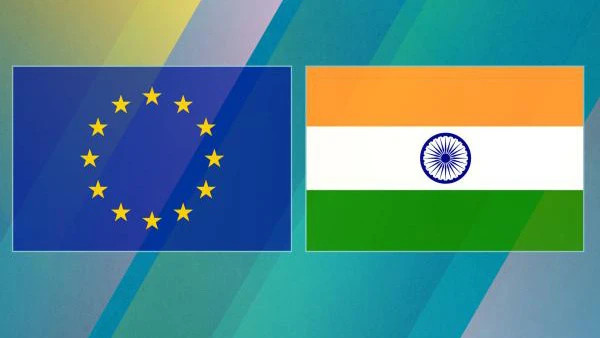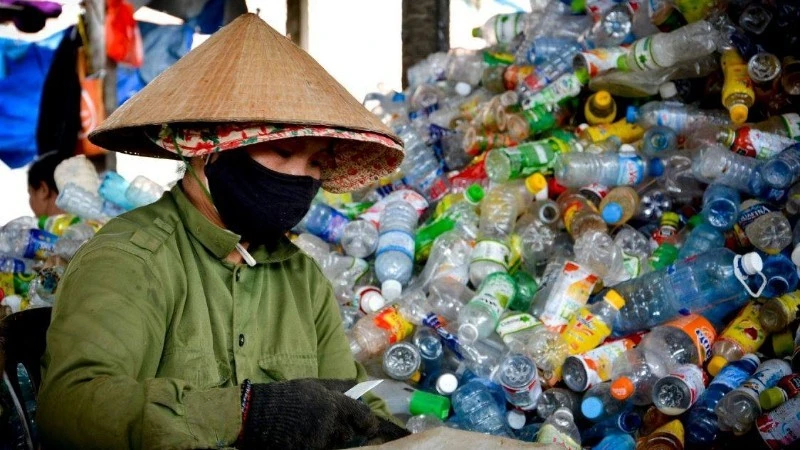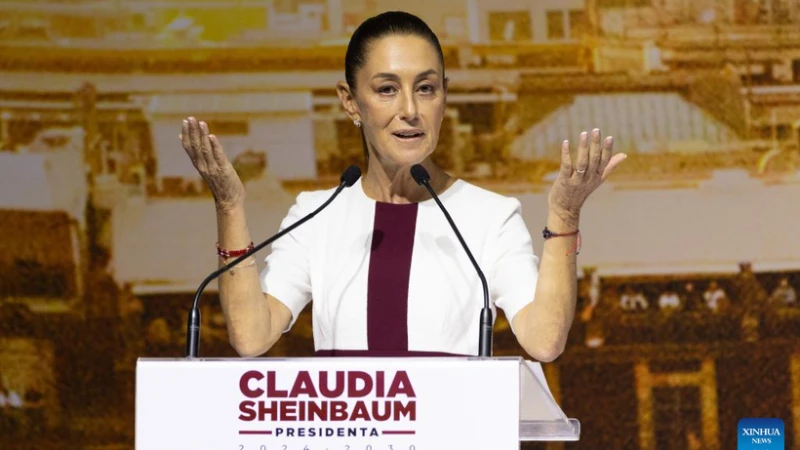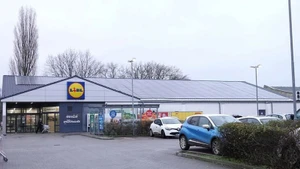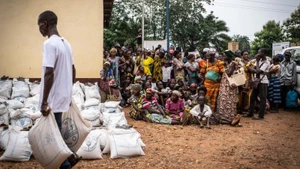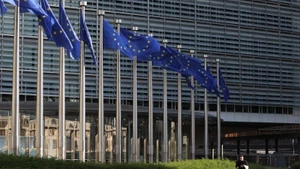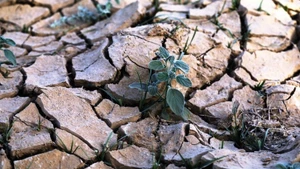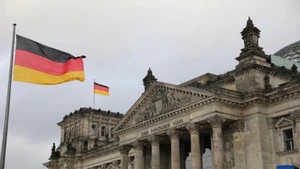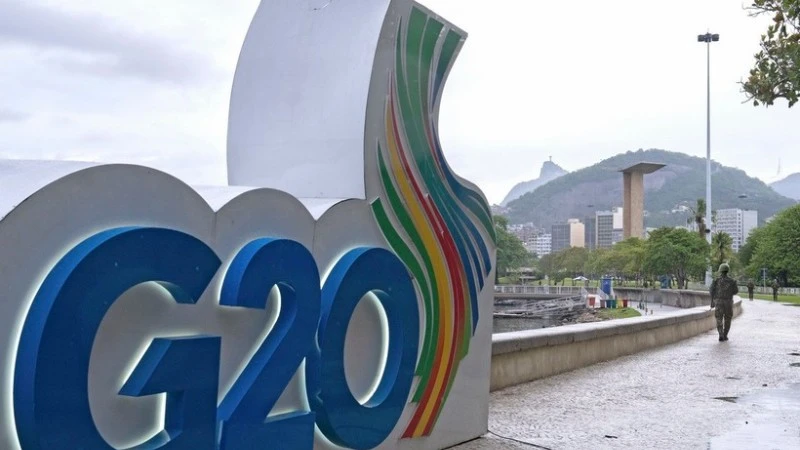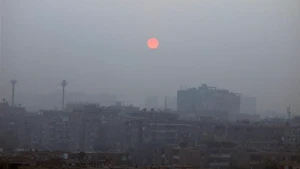The FTA negotiations between the EU and India were launched in 2007 but were suspended in 2013. The negotiation process was delayed for many years, allegedly because New Delhi was reluctant to reduce tariffs on some imports from the EU, while Brussels was reluctant to consider easing visa restrictions for Indian experts.
The FTA negotiations did not resume until 2022, after both sides agreed to remove tariff and non-tariff barriers.
The EU has been one of India's top trading partners, even during the "stalled" phase of FTA negotiations. The EU is currently India's largest trading partner, with bilateral trade reaching about 137 billion USD in 2023.
Wanting to penetrate deeper into India's large market, the EU is pushing for an FTA to reduce barriers to the bloc's products, such as cars, wine, and agricultural products.
The EU is currently India's largest trading partner, with bilateral trade reaching about 137 billion USD in 2023.
Meanwhile, India — the EU's ninth largest trading partner and the world's fifth largest economy — wants the EU to invest more in areas such as clean energy, infrastructure, and water management.
In the context of employment for workers in the world's most populous country being a difficult problem, the presence of about 6,000 European companies in India is creating about 8 million jobs, both directly and indirectly, thus helping to ease some of the burden for India.
Over the years, India has signed several FTAs, both bilateral and multilateral, with partners including Australia, the United Arab Emirates (UAE), and the European Free Trade Association (EFTA) — which includes Norway, Switzerland, Iceland and Liechtenstein.
According to some experts, the above FTAs are more limited in scope and have fewer complex regulations than the FTA between India and the EU. However, reaching these agreements still shows that New Delhi is open and ready to promote trade liberalisation.
As for the EU, in the past few months, the 27-member bloc has made consecutive important strides, including completing FTA negotiations with the Southern Common Market (MERCOSUR), upgrading the FTA with Mexico and restarting FTA negotiations with Malaysia.
The agreement to conclude an EU-India FTA by this year was a highlight of European Commission (EC) President Ursula von der Leyen’s recent visit to India.
During her first visit to a non-EU country in her new term, Ms. von der Leyen was joined by EU Commissioners in showing the bloc’s level of interest in India. Prime Minister Modi described it as an “unprecedented visit” and an important step forward in India-EU relations.
The decision to accelerate the completion of the FTA was made ahead of the next round of negotiations scheduled to take place in Brussels, Belgium, in mid-March. Ms. von der Leyen acknowledged that the task will not be easy, but stressed that this is the right time.
According to Ms. von der Leyen, both the EU and India are looking to diversify their supply chains. Efforts to improve market access and address trade barriers could also serve as a “launching pad” for the two sides to boost cooperation in potential areas such as semiconductors, clean technology, and artificial intelligence (AI).
